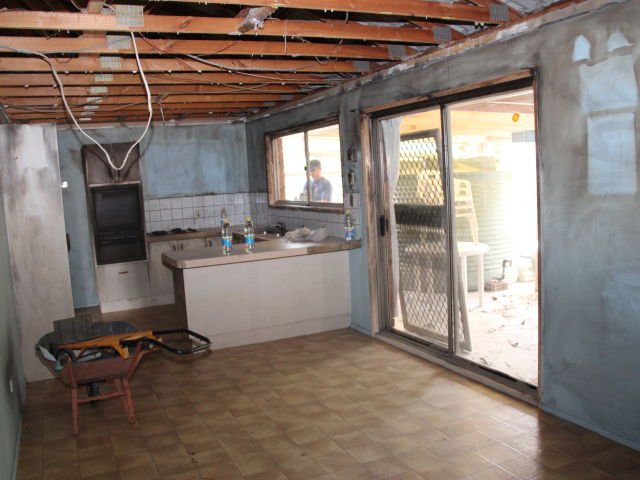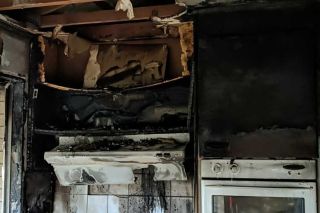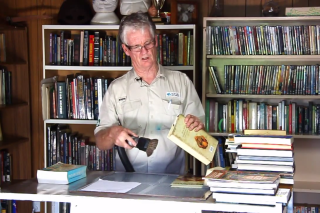Fire Damage Restoration Tips
Fires are some of the most devastating occurrences in any household or business entity. It is not only life-changing in the sense of losing property but also the potential for the loss of one’s family members and friends, livelihoods and even homes. In this article, we will look at how to clean up from smoke damage.

The devastating nature of such occurrences is underlined by the fact that some people never really recover. Indeed, even those that survive fires with little or no damage to their facilities and homes would still take some time to recover particularly in cases where the fire may have been sufficiently close to the facility to cause water, smoke and soot damage. Indeed, even in cases where the fire occurred miles away and did not burn the facility, it could deposit ash and cause the facility to have a smoky smell. In this case, taking up fire damage restoration services would be imperative. There are varying steps that would be involved in fire damage restoration.
First, it is imperative that you contact a fire damage restoration professional as they have the necessary experience to safeguard the proper fire restoration process to enhance the safety of the home. Irrespective of the fire damage restoration tips you may have been given, you are unlikely to have the necessary experience to determine the safety of the house for reoccupation. The remediation professional will confirm the safety of the property for entry and check for any indicator of structural damage that would compromise the home while carefully inspecting the property from outside. In essence, the inspector or remediation professional will confirm the safety of the property before entry.
Second, you should strive to reduce the damage caused by fire damage. It is noteworthy that the soot and smoke could damage the house even after the fire has been put out. You must exercise caution concerning soot staining, mildew, mould, corrosion and rust, as well as the air quality. Soot staining comes up once soot adheres to surfaces thereby causing discolouration. Subject to the material and the time that has elapsed, there are varying fire damage restoration tips that would allow you to eliminate the damage. In some cases, however, the discolouration might be permanent especially in the case of materials such as grout, wood, textile, carpeting, plastics and metals. Rust and corrosion happen to metals, particularly where water is used to put off the fire. Perhaps most noteworthy is the health hazards that come up in cases where there is asbestos. An asbestos abatement team would be necessary to eliminate any potential hazard before undertaking any cleanup efforts. Even in cases where the home has sustained little or no damage and only requires smoke and ash removal, you should use a professional cleaning crew before applying any fire damage restoration tips you may have.
Secondly, be sure to remove the debris and soot. Before the implementation of any water damage and fire damage restoration processes, all soot and debris must be removed. The soot could potentially increase the damage the longer it stays on the surface while debris would be likely to hamper the restoration process. The elimination of debris and soot will come in handy in enhancing the air quality and reducing airborne odours. The remaining soot may be wiped down or swept up using a vacuum cleaner. In tackling the soot, it is recommended that you use mild soap or create a mixture of a gallon of warm water, four tablespoons of trisodium phosphate (TSP) and one cup of bleach. Irrespective of the solution you use in the fire damage restoration process, it is recommended that you start at the floor and work to the ceiling to avert the possibility of streaking. On the same note, it is recommended that you clean a small area at a time and rinse immediately with plain water.
The third step in the fire damage restoration process involves the removal of any personal possessions that are damaged beyond restoration or repair. Any objects that have been too damaged to repair must be removed from the facility. However, extra caution should be exercised concerning the elimination of electrical appliances and machines as they may store electricity even in cases where they are unplugged (Findley, 2019). In essence, it would be imperative that one eliminates items that do not seem to have suffered any damage by fire to prevent further contamination of the same. Such items may be cleaned and prepared for reentry once the fire damage restoration of the home has been completed.
The next step involves the elimination of excess water and drying wet surfaces. The fire damage restoration process must involve cleaning up any stagnant water as soon as can be done before operating any water restoration equipment. More often than not, putting out a fire involves the use of significant amounts of water and other liquids. There are cases where the water might be touching or connected to sources of electricity or exposed electrical wires. In this case, putting off the electrical connections and drying off the water is imperative. Water could soak into flooring, walls and subflooring, in which case commercial dehumidifiers and air movers would be required to dry everything out appropriately.
The last step in fire damage restoration is deodorising the facility to clear the smell. This will involve washing clothes, beddings and towels that have a smoky smell. A cup of baking soda would be added to the drum alongside a cup of vinegar to the bleach or fabric softener for every load. Strong smelling textiles may be soaked overnight in a blend of a cup of baking soda per gallon of water before subjecting them to an appropriate washing cycle. A HEPA filter air purifier should be used to remove smoke smell in the home. This will clear the air and enhance the smell of the home. Carpets and rugs can be shampooed and baking soda applied to them before vacuuming.

